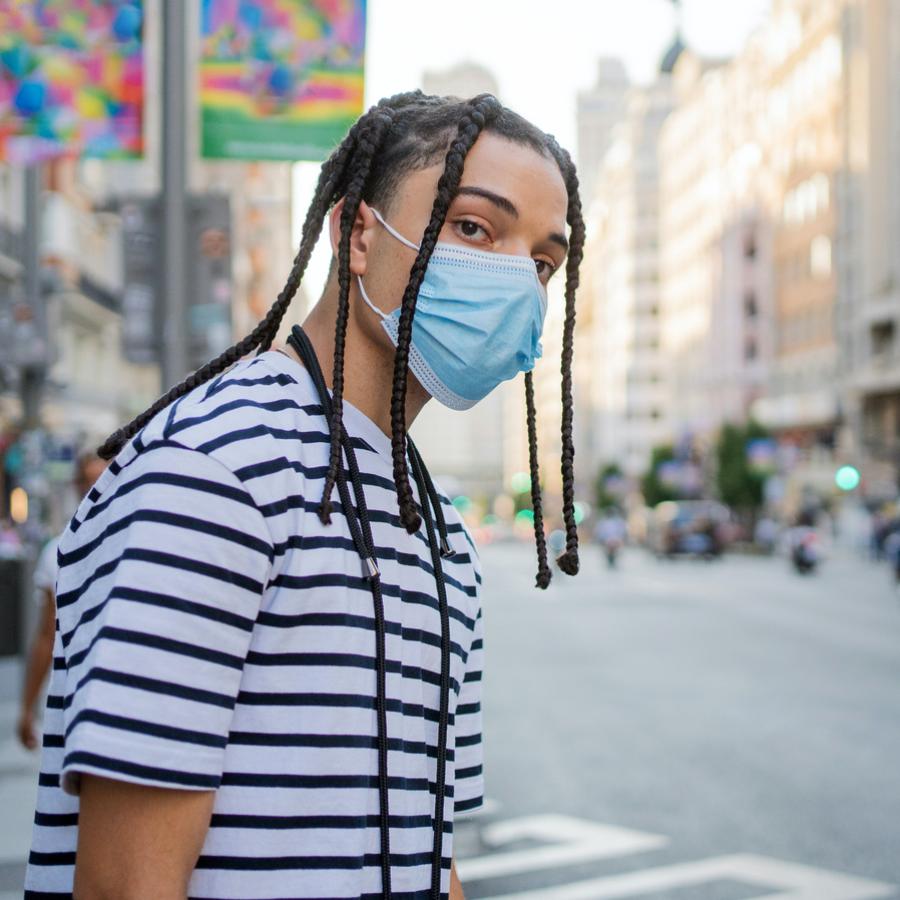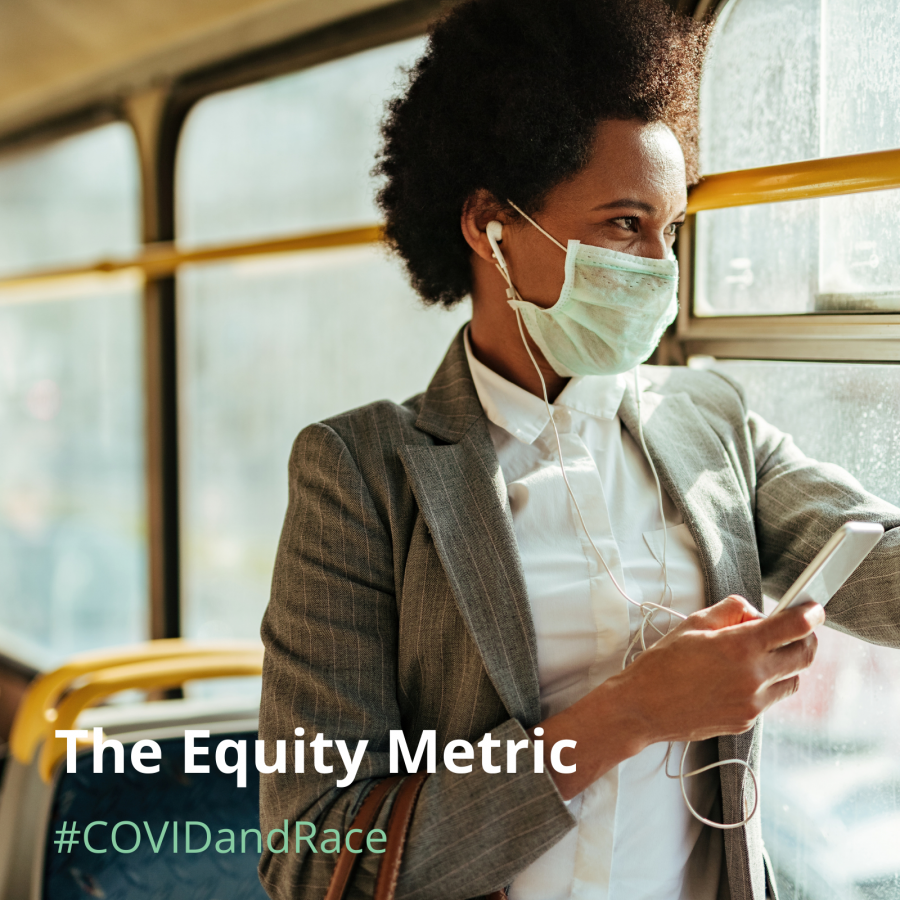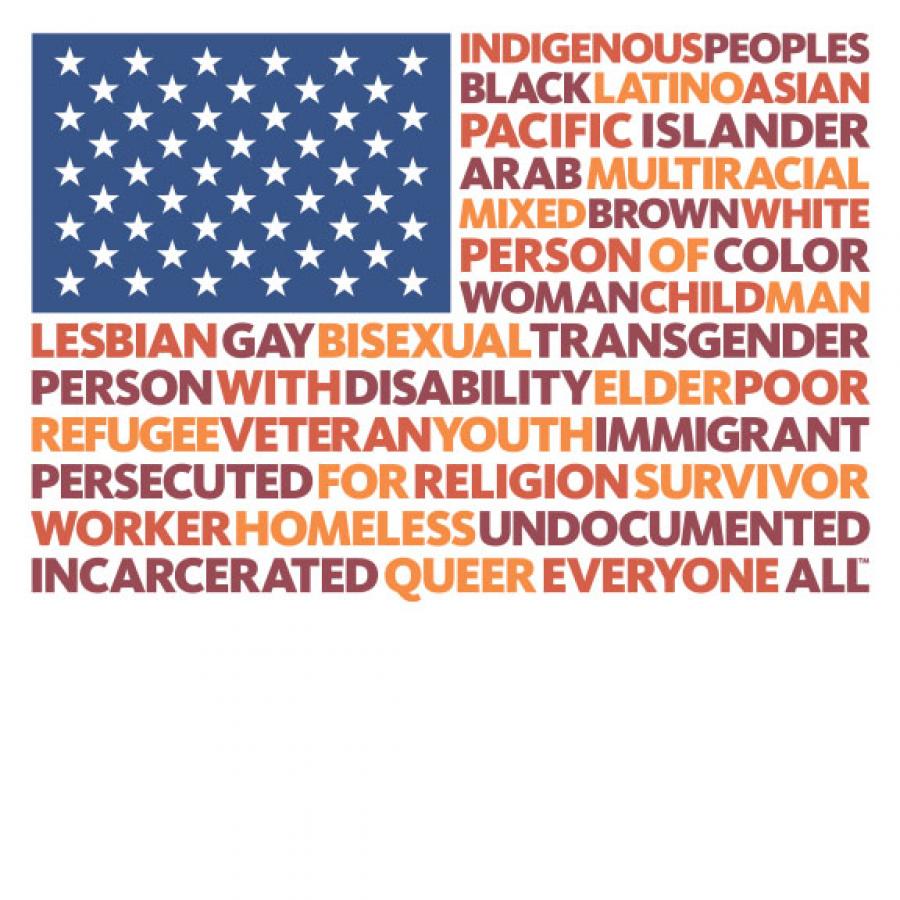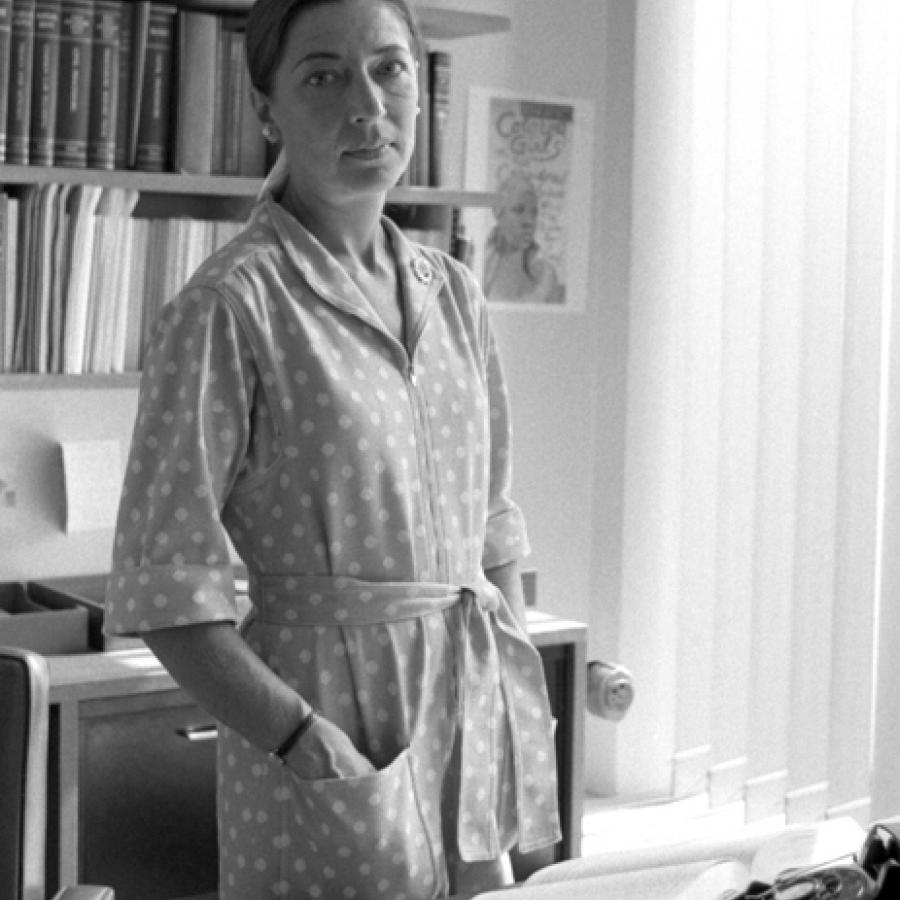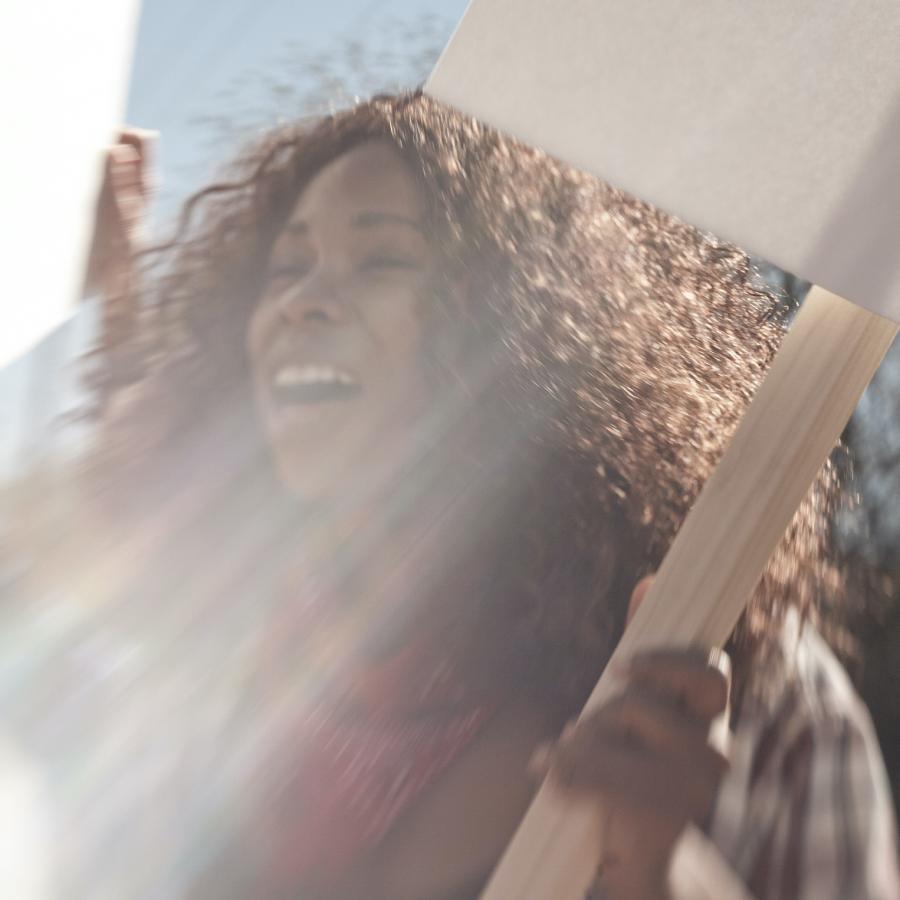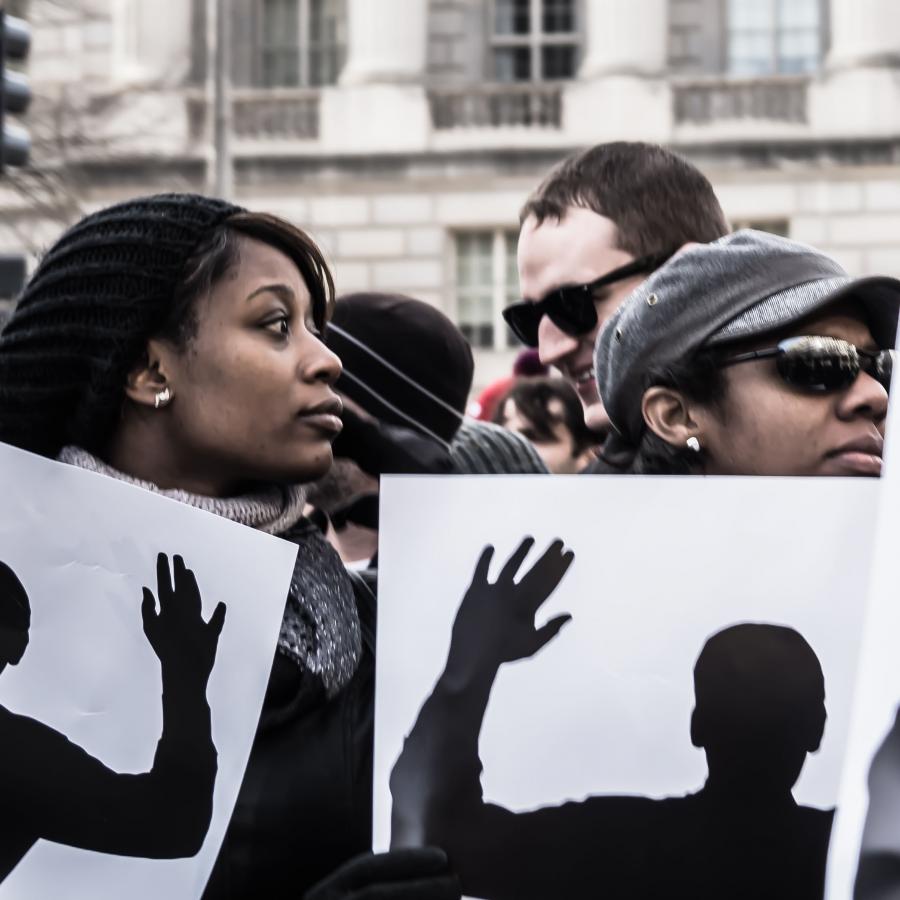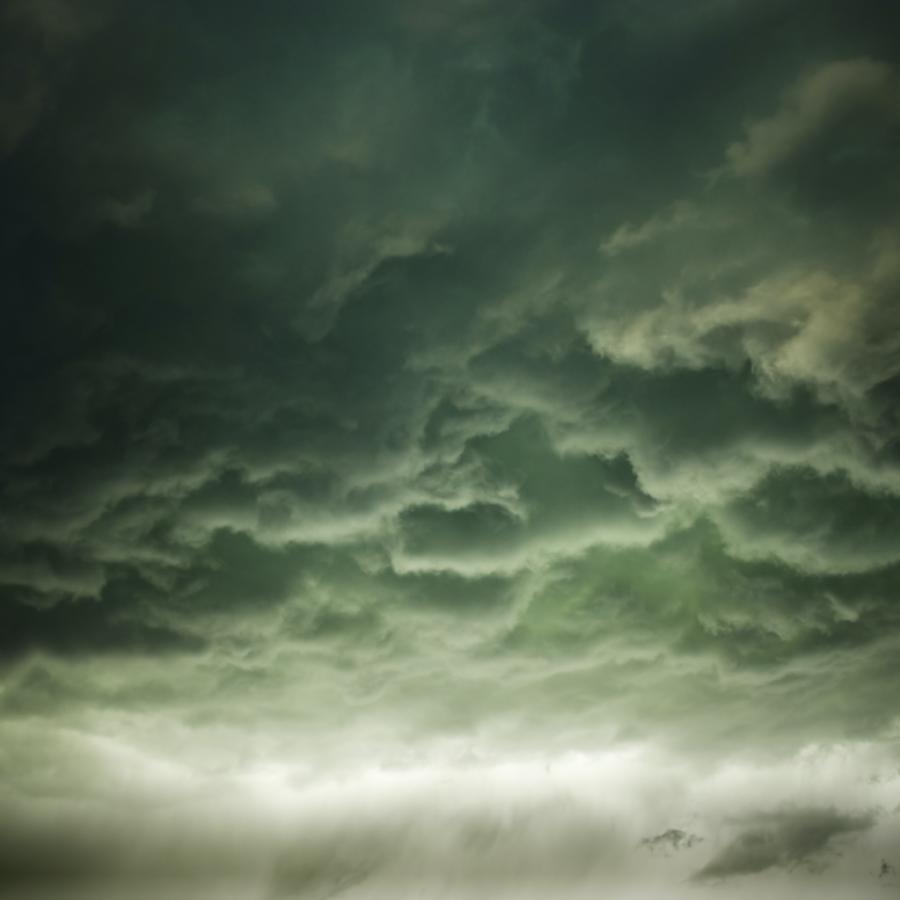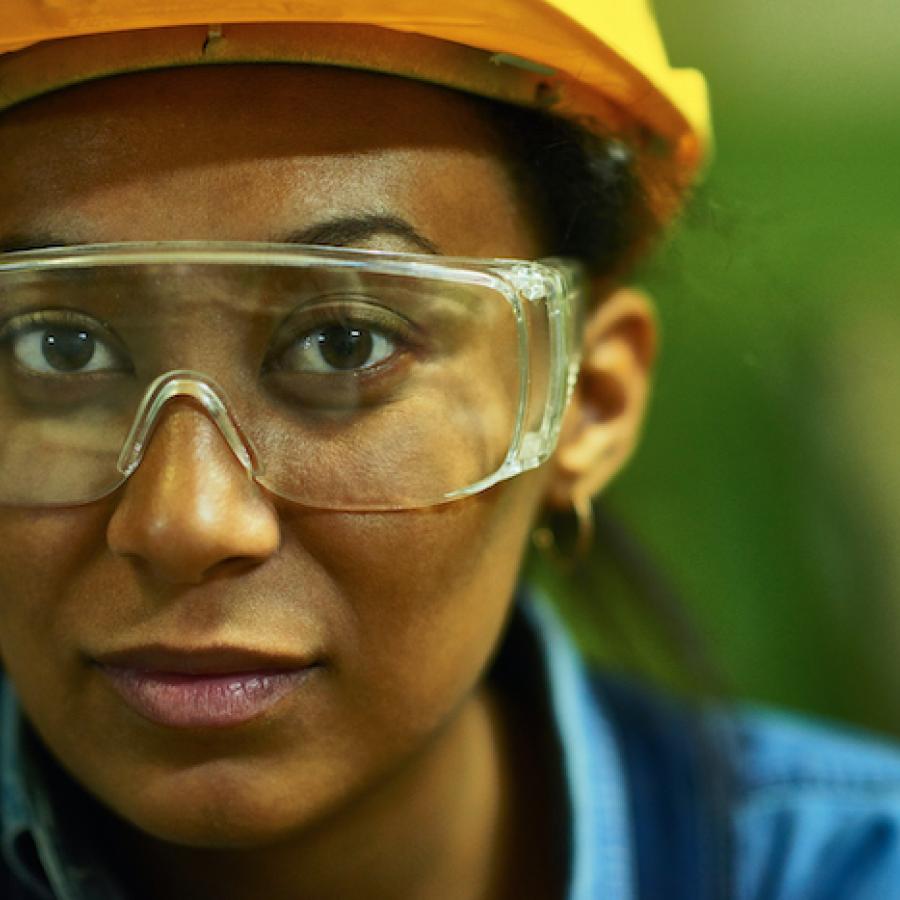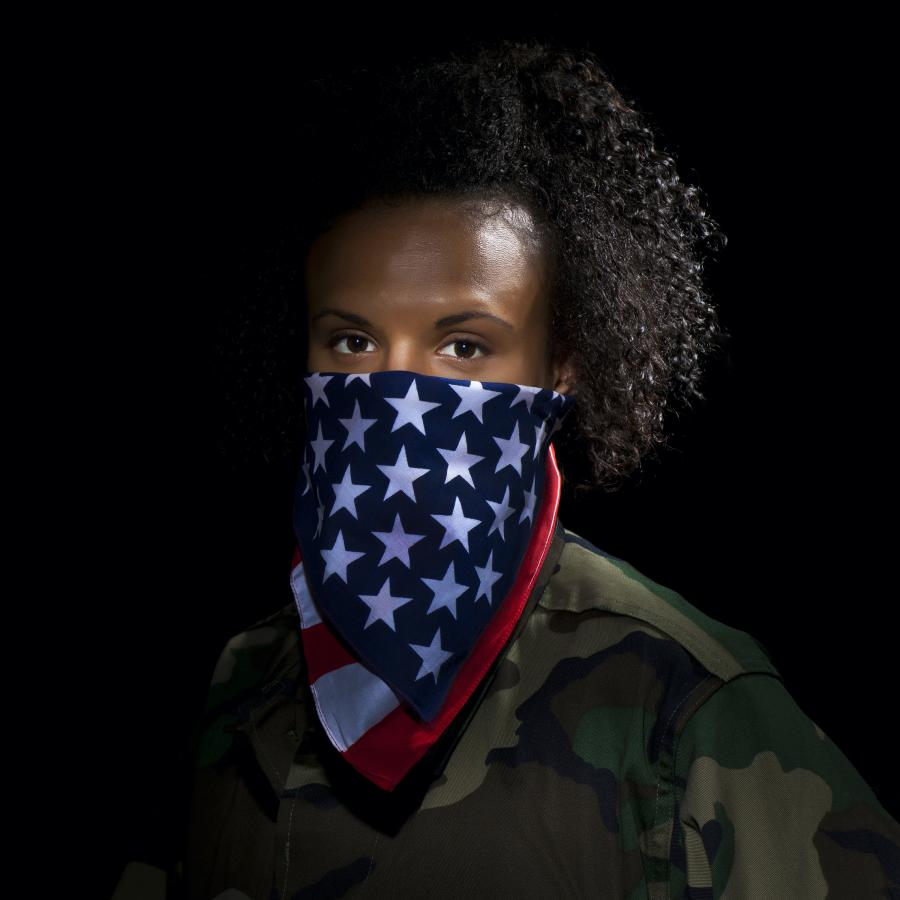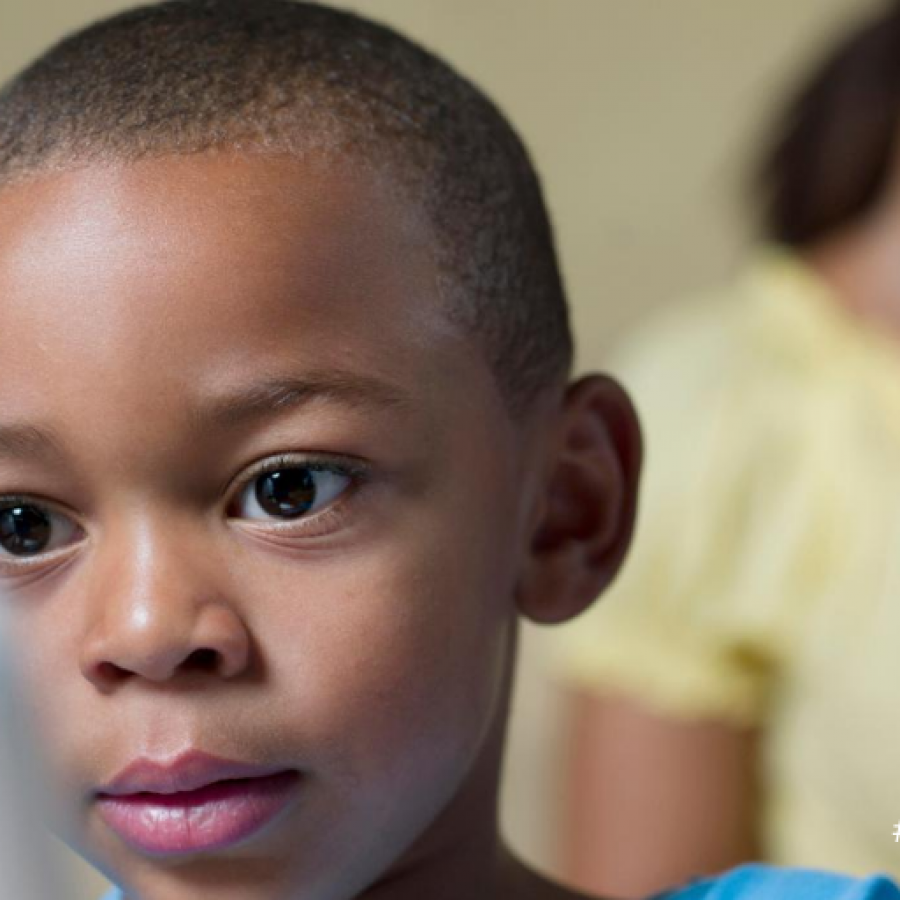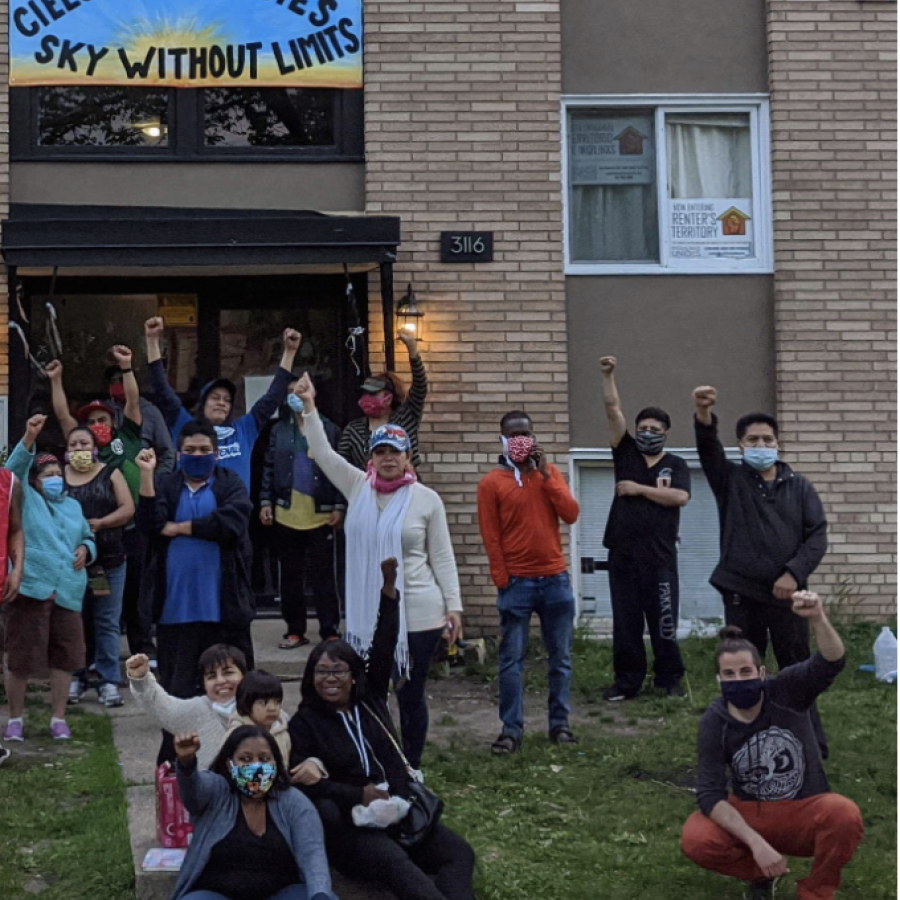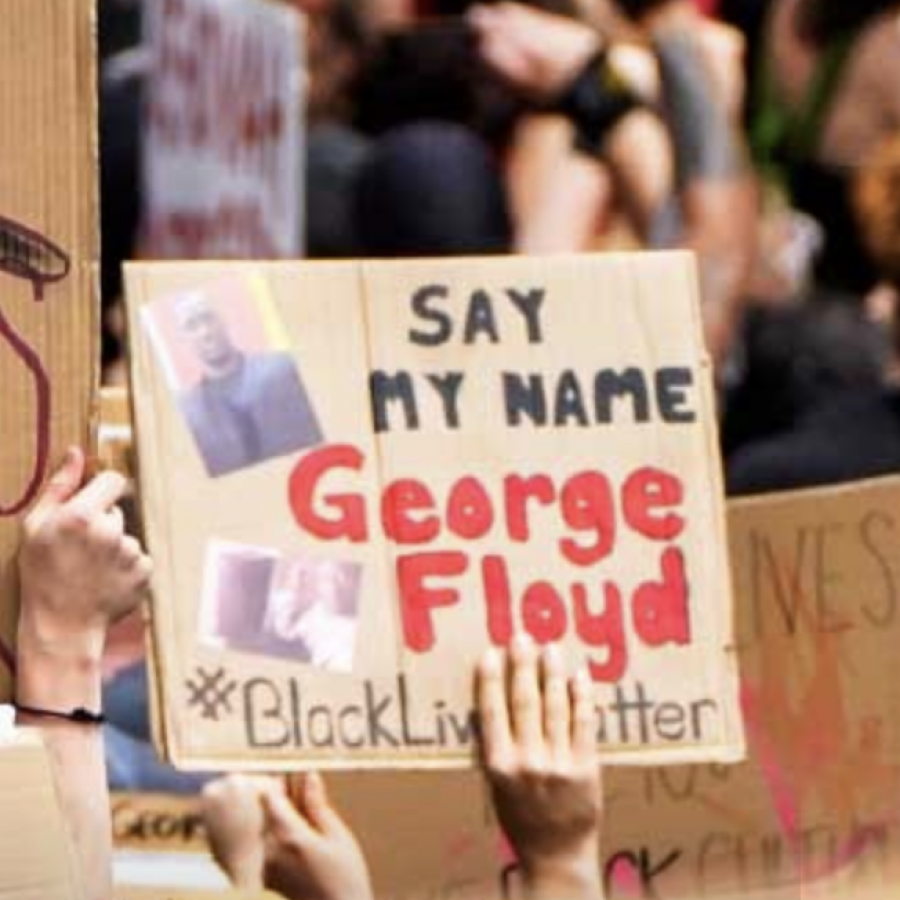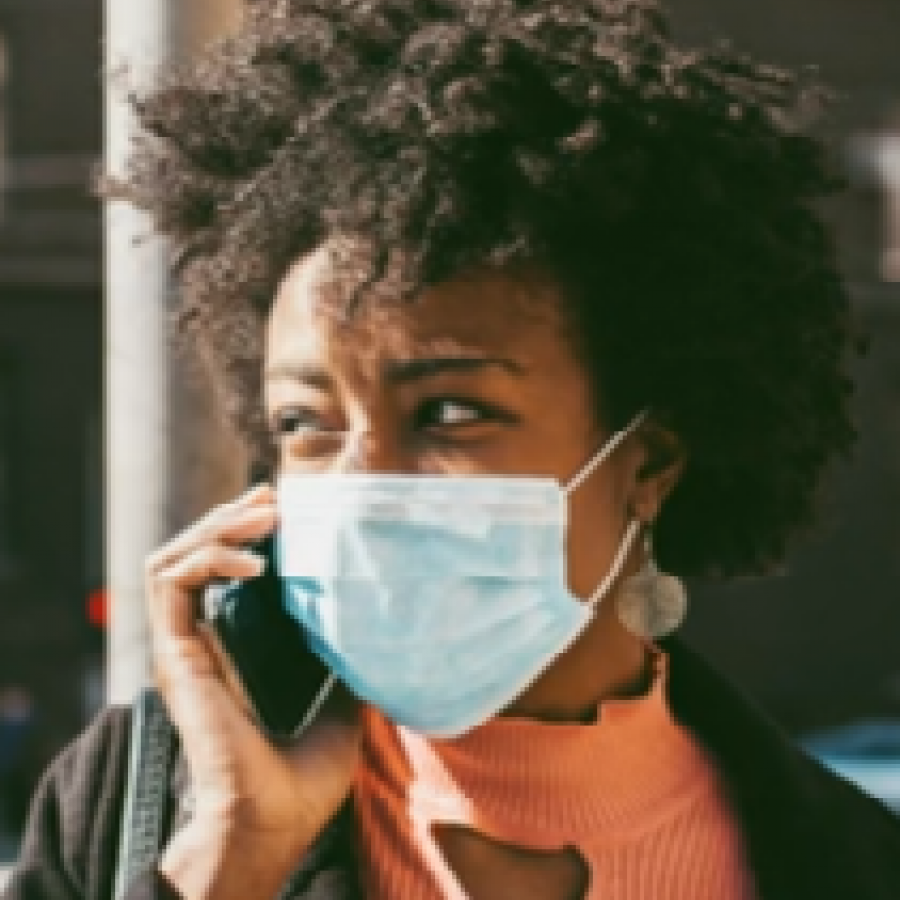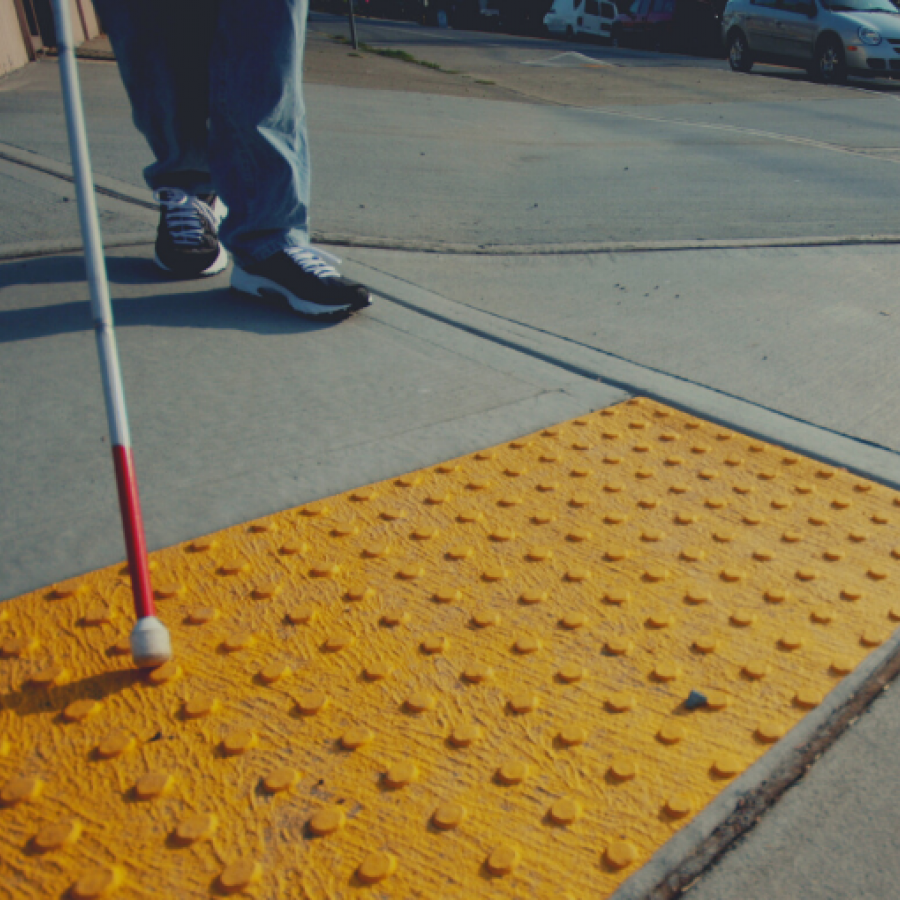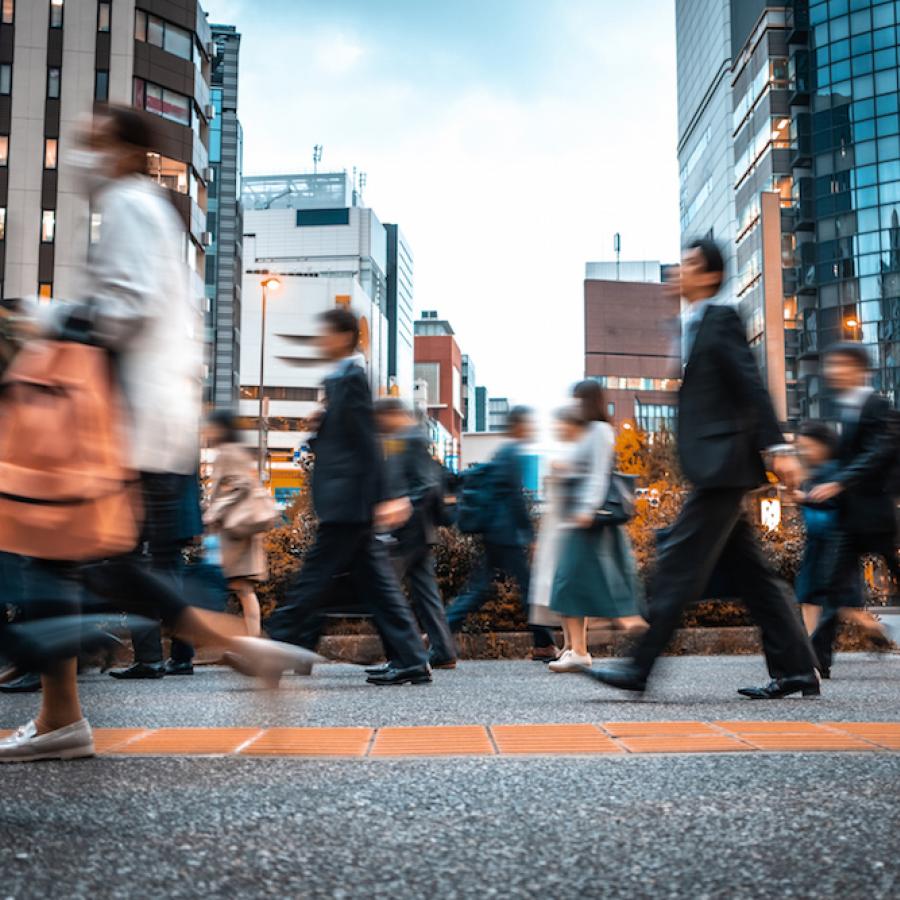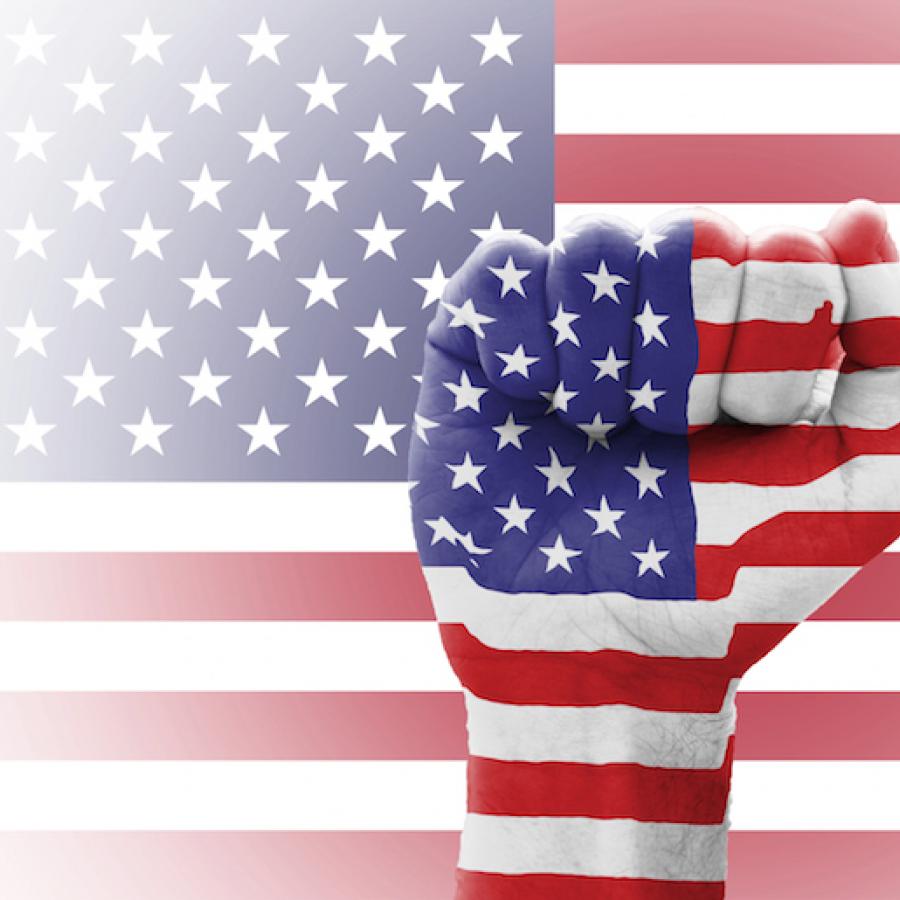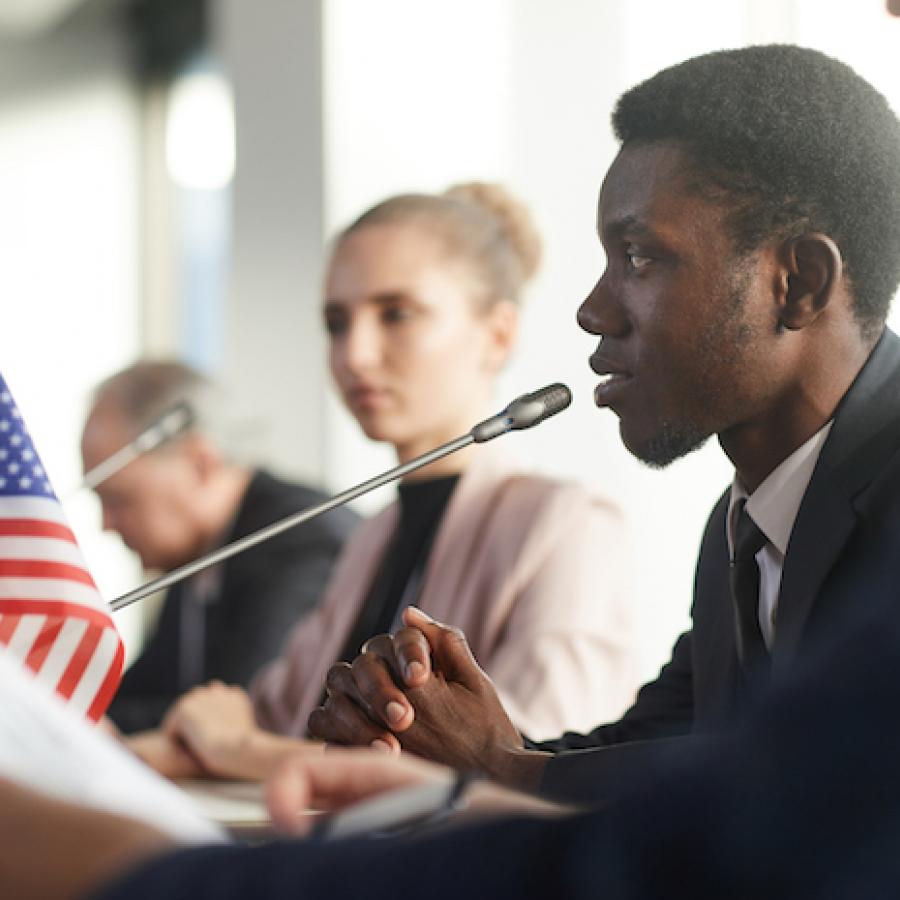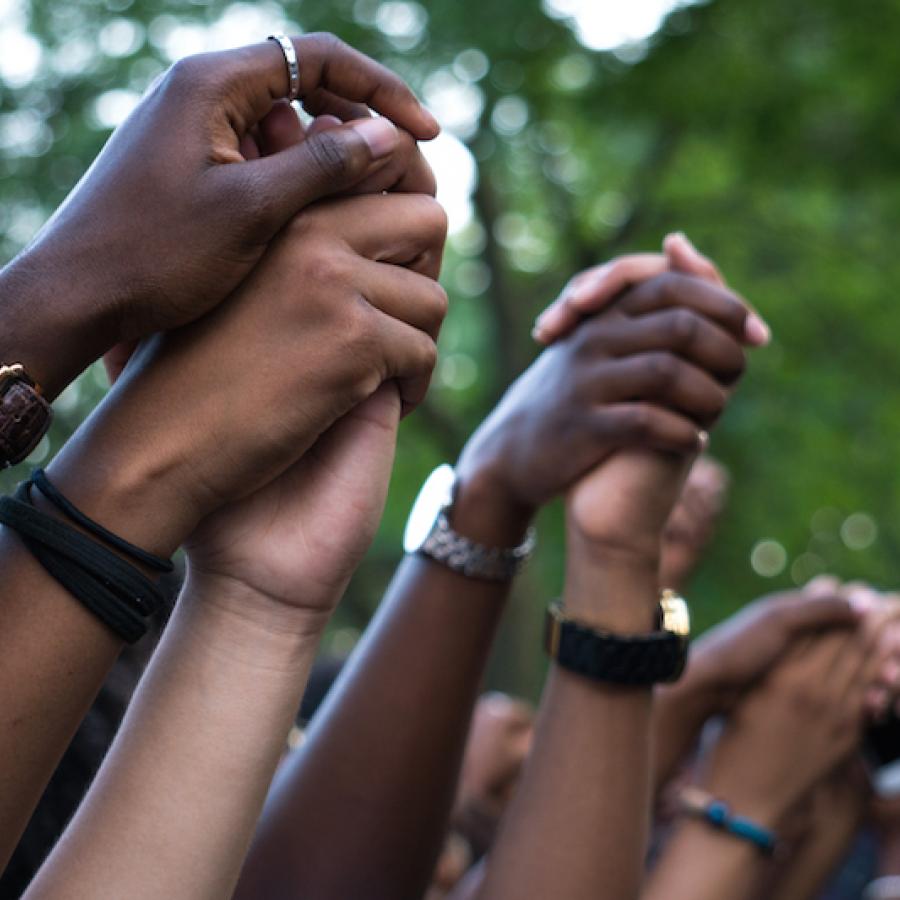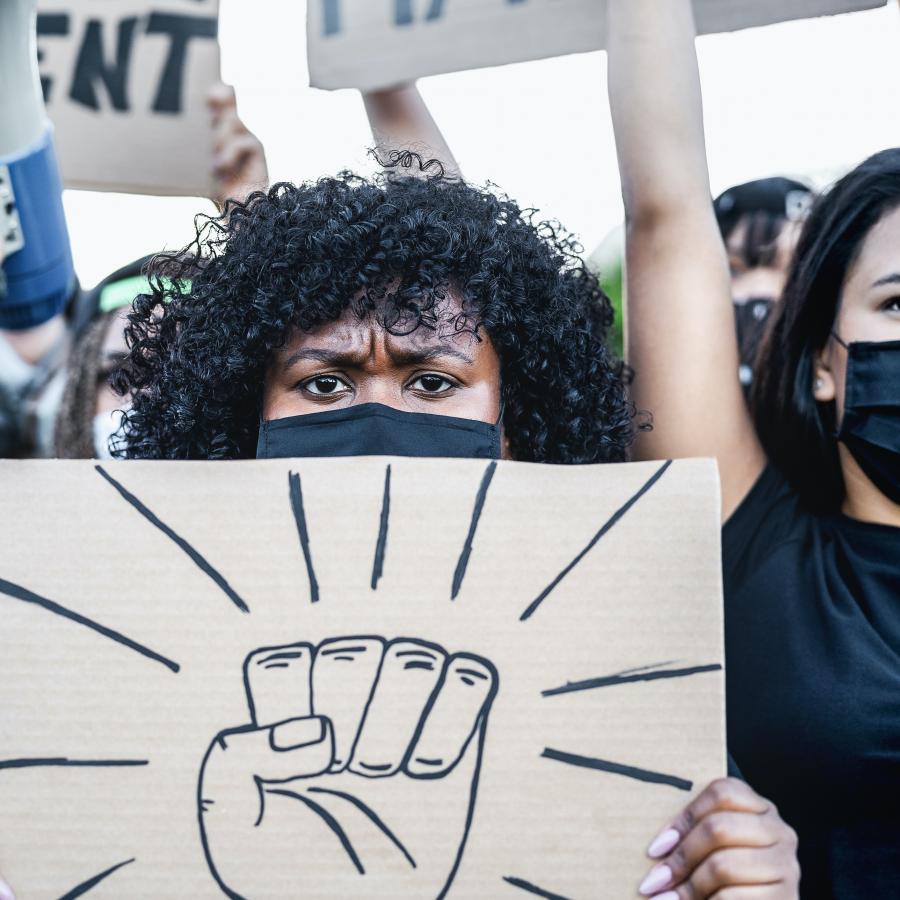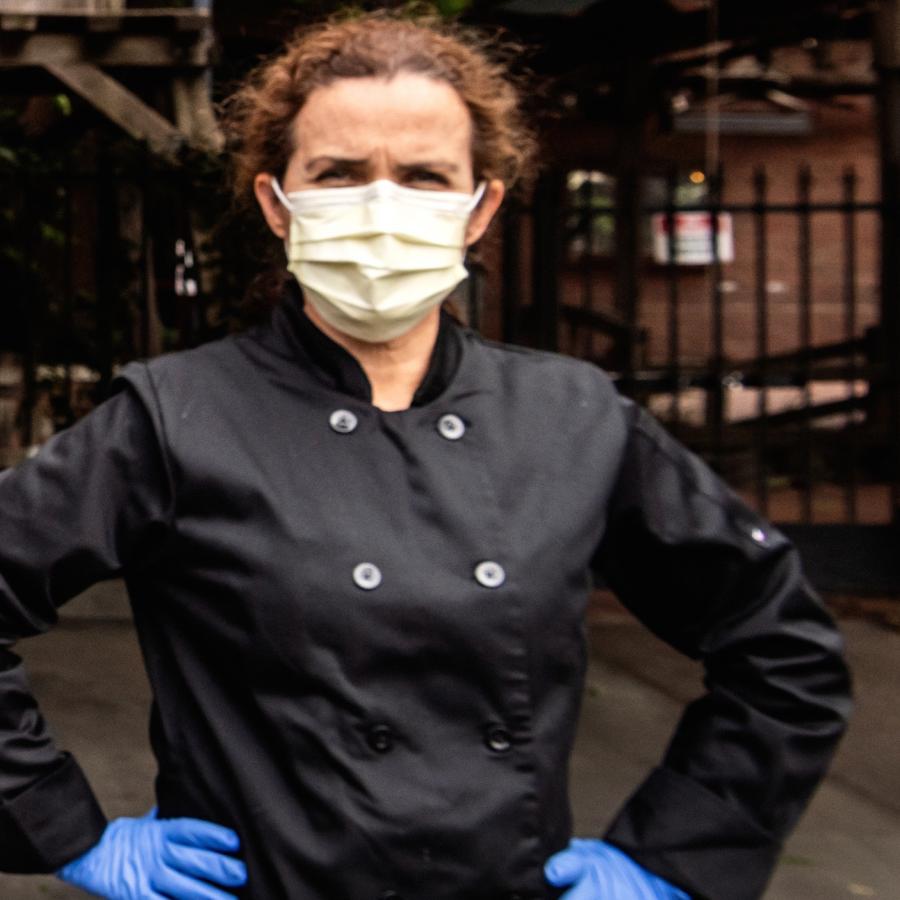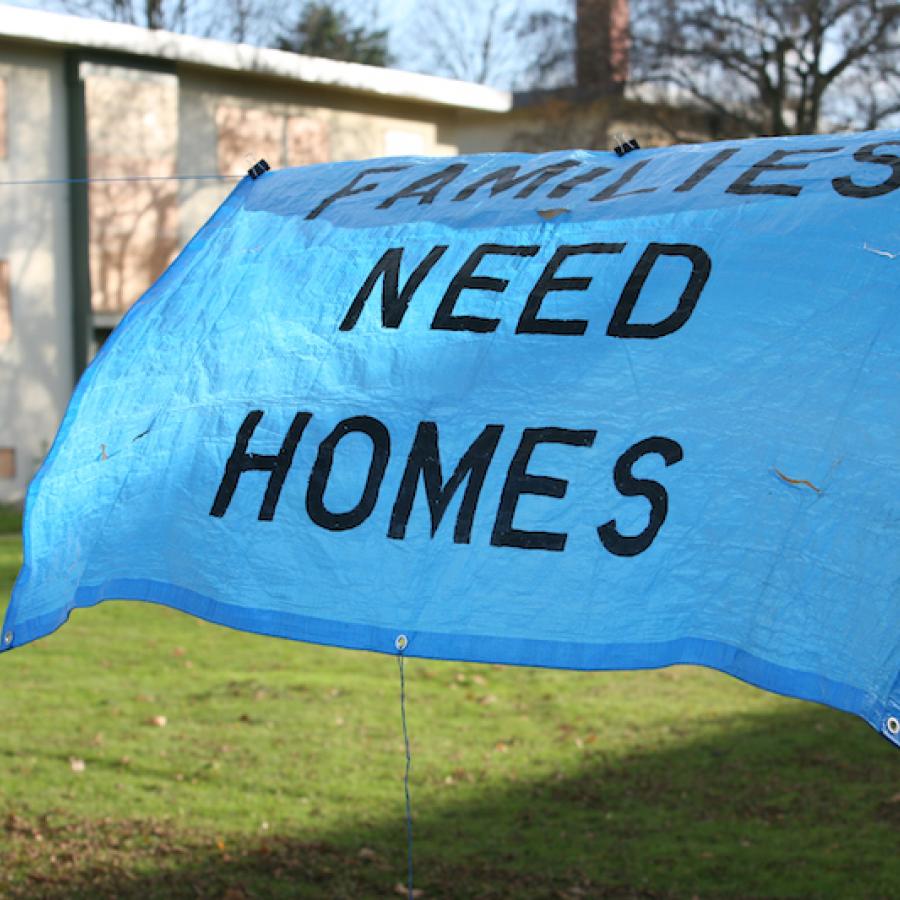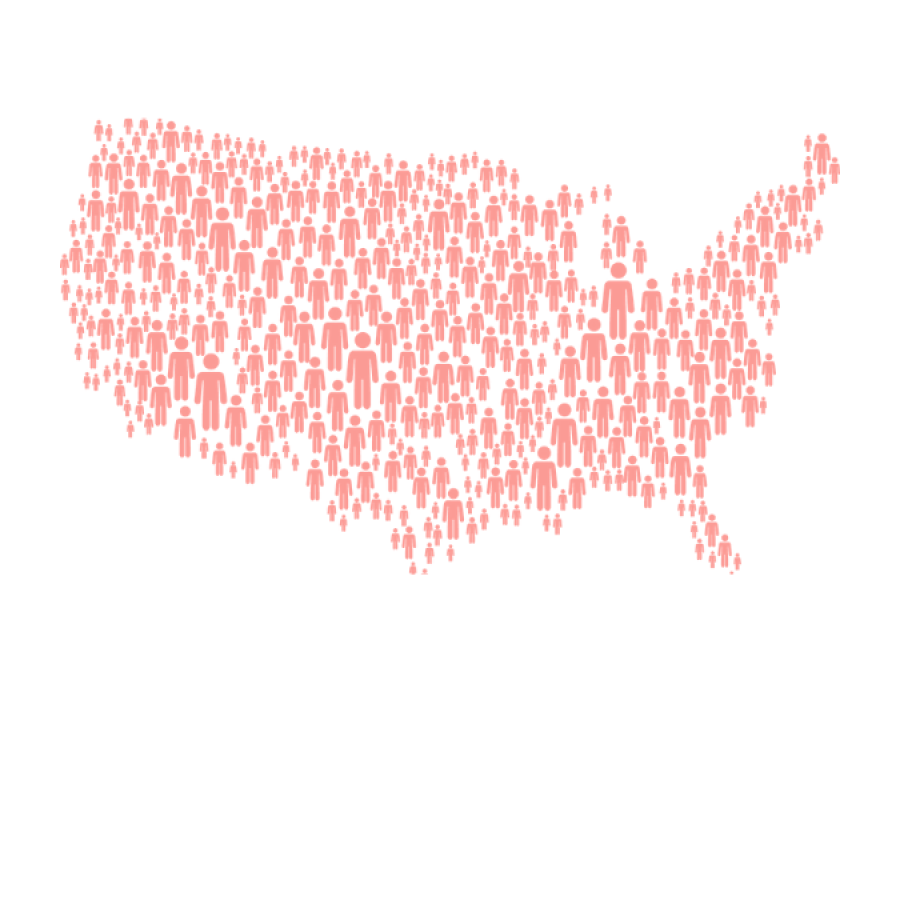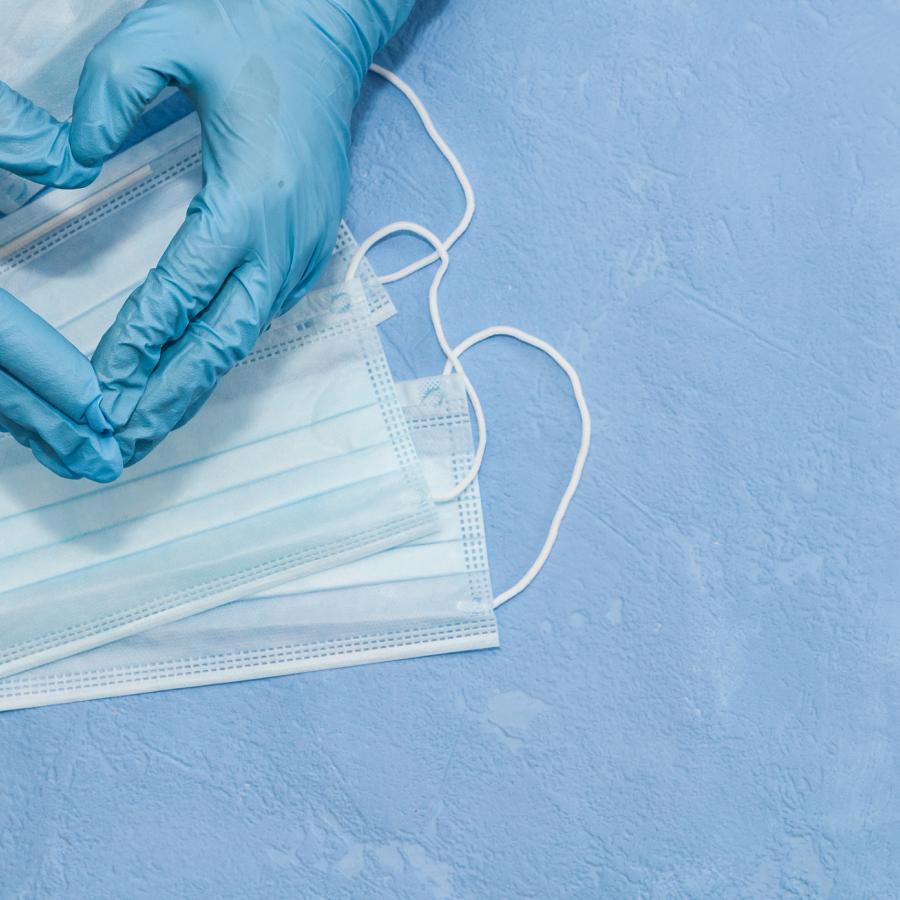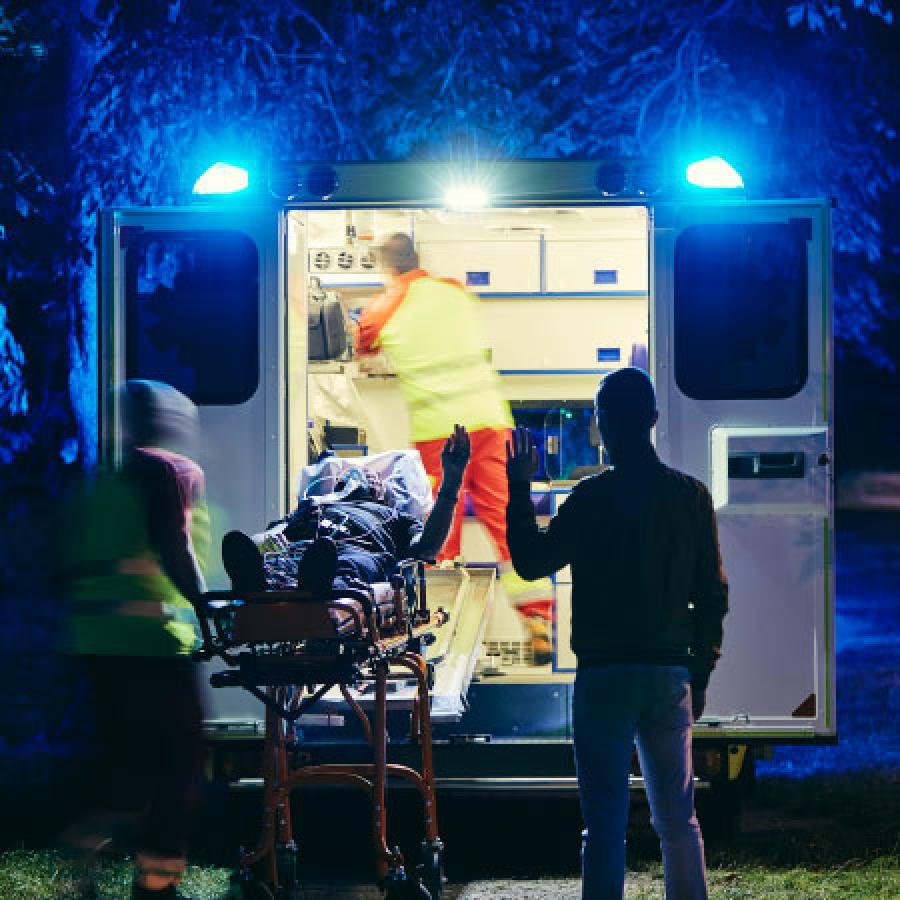Why healing, not policing, can address partner violence, rural America becomes a red zone, and the power of arts and culture to steer action now, in this week’s Covid, Race, and the Revolution.
Issue No 28. October 28, 2020
Healing, not Policing: A Transformative Approach to Intimate Partner Violence
By Marc Philpart
Covid-19 continues to reveal and compound the challenges families face. Among them is domestic violence, which escalated under the economic and emotional stresses of the pandemic.
Families of color are more likely to face economic instability during the Covid crisis, with a loss of income intensifying worries about paying rent and putting food on the table. With many childcare facilities and schools closed, parents are grappling with how to care for and supervise the online education of their children. And all of this is happening at a time when public health authorities are urging everyone to limit their activities outside the home to reduce the risk of infection.
Across the nation, domestic violence calls for help are surging in what the New England Journal of Medicine calls “a pandemic within a pandemic.” But tragically, the nation’s responses rely almost exclusively on police and punishment, which does nothing to address the root causes of violence or foster healing, accountability for harm, and safety. In fact, by relying on state violence as our primary response to partner violence, we reinforce patriarchal norms and inherently racist institutions that produce violence, while denying communities billions of dollars in funding needed to create real safety.
That’s why we must reimagine the nation’s response to domestic violence toward a model rooted in public health and racial equity, one that listens to the voices of people who have been harmed and provides support for all who are impacted — survivors, children who have been exposed to violence, and people who have caused harm.
Our response also must acknowledge that family violence doesn’t occur in a vacuum. From the individual causing harm to the family, faith institutions, and communities, to public institutions, patriarchy, capitalism, and colonialism — all these actors and systems play a role and should be examined and accounted for in a strategy to end violence. As a country founded upon white supremacy, genocide, slavery, imperialism, and segregation, we must also account for the violence that was and is used to construct this nation, and understand how that violence shapes our lives.
The first step toward shifting our approach is to stop the overreliance on police as first responders to family violence. Strong relationships are the key to ending violence in relationships and in our communities. By investing in resources that facilitate relationship building and healing, we can get families the help they need before violence occurs, create alternative approaches to intervention, and support people who have caused harm — who are often survivors themselves — to end cycles of violence.
Rather than relying on a badge and a gun or the criminal-legal system, these approaches should be grounded in community. When police are called, they prioritize making arrests and reports that lead to family entanglement with the criminal-legal and child welfare systems. Many survivors don’t trust police, which is why almost half of intimate partner violence went unreported to law enforcement from 2006 to 2015. And for survivors who do call the police, about 75 percent found their involvement to be unhelpful or left them less safe. The lived experience and data are clear: families need better options.
“Police don’t always treat victims with respect,” said California Assemblymember Sydney Kamlager, who has told her personal story of surviving an unhealthy relationship in advocating for Assembly Bill 2054, the #CRISESAct. This legislation, which was vetoed by Governor Newsom, would have created community-based, police-free responses for people who are experiencing emergencies (including partner violence, mental health crises, houselessness) and are in need of care, not punishment.
Kamlager shared, “The bill forces us to re-engage in real, non-carceral solutions to many of the social implications of poverty and sickness that we have ignored. A good friend of mine declared that AB 2054 is a love letter to the possibility of what transformative public safety can look like, trusting that communities know how to self-police and hold themselves accountable.”
Additionally, if people who report the violence are also those who are more likely to be targets of police violence, they are more easily arrested and recriminalized, as Survived and Punished highlights in its new #DefundPrisonsDefendSurvivors campaign. This happens most often to those who are Black, undocumented, poor, transgender, queer, disabled, of color, and sex workers.
Immigrant families are reluctant to report domestic violence to police because they fear it will lead to deportation. In Los Angeles, the police chief suggested that a climate of fear caused by the federal government’s inhumane immigration policies led to significant drops in the number of Latinx people reporting domestic violence.
Instead of continuing to spend tax dollars on criminal-legal system responses to domestic violence, the nation should invest in community-based responses that support all people affected by violence. These support services should be culturally rooted, grounded in an understanding of gender and state violence, focused on prevention and intervention, and made available to all people, not just those in an immediate crisis. This approach would address racial inequities in access to supportive services and create the conditions required for everyone to be safe.
We have good models to build on. For example, Fathers and Families of San Joaquin, California, leads the Stockton Trauma Recovery Center, which supports the healing of entire families in a manner that acknowledges the burdens of racial and social injustice that families of color have carried for generations.
Through Healing Together, a campaign led by PolicyLink and the Alliance for Boys and Men of Color, more than 80 organizations have come together to end partner violence by engaging men, and people of all genders, to shift system responses toward community-based healing and equity, and away from the punishment system.
And philanthropic allies such as the Blue Shield of California Foundation are supporting innovative thinking to address domestic violence. More funders concerned with health and wellness should consider joining them to build momentum for addressing these important needs.
This October, millions of advocates and survivors are acknowledging Domestic Violence Awareness Month against the backdrop of Covid-19. The community, health, and social service resources we need for healing and relationship building should be a cornerstone of the nation’s Covid response and its approach to ending family violence. When our relationships are safe and healthy, so are our communities.
Marc Philpart is a Managing Director at PolicyLink.
News, Analysis, and Commentary, Curated from Around the Web
Challenges to a Just Economy
In the debut episode of #Unfinished Live, a new online show, Angela Glover Blackwell joins a discussion with Martin Whittaker of JUST Capital and David Leonhardt of The New York Times on what makes a just economy. You can tune in here and get the schedule for future episodes on democracy and voice, technology and humanity, and culture and change.
Author Jim Tankersley tells the podcast Pitchfork Economics that inclusion is the key to rebuilding the economy and the middle class. "What history shows us is that the American economy grows and thrives when women and men of color and immigrants are given more opportunity — when we reduce discrimination and give them more pathways to contribute their talents to our economy."
Americans lost as many jobs during the coronavirus pandemic as they did during the Great Depression and Great Recession combined — 22 million jobs gone, many likely forever. The New York Times tells the stories of a dozen people as they fought for unemployment benefits, scraped the bottom of savings, and searched, often fruitlessly, for work.
In New York City, more than one million residents remain unemployed, the Times reports. Vacant hotels and theaters and largely empty office towers have left the sizable workforce of cleaners, janitors, and security agents without jobs and, seven months in, without health insurance.
Working mothers with school-age children are losing out much more during the pandemic than working fathers, NPR reports. In September, 865,000 women dropped out of the workforce, four times the number of men who left. Women at all rungs of the ladder have sidelined careers to deal with remote schooling, childcare demands, and other pressures brought on by the crisis and made infinitely worse by government inaction.
Meanwhile, career prospects are dimming for the most promising students from underrepresented communities. Pandemic budget shortfalls are forcing universities throughout the country to make deep, possibly lasting cuts, disrupting a career pipeline for low-income students and students of color, the New York Times reports. With large-scale layoffs, and scores of graduate programs no longer taking new PhD students, campuses have shut the door — temporarily at least — on young scholars who could bring much-needed diversity to research and faculties. “If our universities don’t remain in touch with those students, and connect with them, and encourage them to keep thinking about grad school, we could have our own lost generation of students who get busy with other things and then don’t fulfill their dreams,” Suzanne T. Ortega, president of the Council of Graduate Schools, tells the paper.
Ban utility shutoffs
More than 200 million people across the US are in danger of having their utilities shut off, and millions more are about to be threatened, as Covid utility moratoriums expire while the pandemic accelerates and winter approaches, finds an analysis by the National Energy Assistance Directors Association. Thirty-three states have let emergency protections lapse or never implemented them, and moratoriums in seven states are due to end in early November. Organizers around the country are pushing for more protections and Democrats in Congress have urged the Centers for Disease Control and Prevention to ban water shutoffs on public health grounds. Shutting off water, gas, and electricity amounts to de-housing people without calling it eviction, John Howat of the National Consumer Law Center tells The Intercept. “It’s a pernicious way to harm people.” Black families are twice as likely to have power shut off as White families, according to a recent report by Carbon Switch.
Rural America becomes a Covid red zone
In rural America, resistance to Covid closures is colliding with skyrocketing caseloads, Lauren Hughes and Roberto Silva, family physicians at the University of Colorado, write in The Conversation. Seventy percent of the nation’s nonmetro areas are now in the Covid “red zone,” a designation indicating the virus is spreading out of control. Nursing homes, prisons, and food processing plants continue to be hotspots: in Norton County, Kansas, the hardest-hit county in the country relative to its population, all 62 residents of one nursing home have been infected and 10 have died, the New York Times reports.
Rural medical facilities, strained long before the pandemic, are overwhelmed with severely ill Covid patients, and Utah’s hospitals are preparing to ration care, the Salt Lake Tribune writes. Under proposed criteria, patients who are getting worse despite intensive care would be kicked out first, and the young would get priority over the old because older patients are more likely to die. Health care rationing could worsen the already appalling racial disparities in Covid infections and death. In Utah, Covid is killing Native Americans at 10 times the rate of White people, Black and Latinx people at more than double the rate, and Asian people at more than three times the rate of Whites, according to the Covid Tracking Project.
Challenges to a Just Economy
Americans lost as many jobs during the coronavirus pandemic as they did during the Great Depression and Great Recession combined — 22 million jobs gone, many likely forever. The New York Times tells the stories of a dozen people as they fought for unemployment benefits, scraped the bottom of savings, and searched, often fruitlessly, for work.
In New York City, more than one million residents remain unemployed, the Times reports. Vacant hotels and theaters and largely empty office towers have left the sizable workforce of cleaners, janitors, and security agents without jobs and, seven months in, without health insurance.
Working mothers with school-age children are losing out much more during the pandemic than working fathers, NPR reports. In September, 865,000 women dropped out of the workforce, four times the number of men who left. Women at all rungs of the ladder have sidelined careers to deal with remote schooling, childcare demands, and other pressures brought on by the crisis and made infinitely worse by government inaction.
Meanwhile, career prospects are dimming for the most promising students from underrepresented communities. Pandemic budget shortfalls are forcing universities throughout the country to make deep, possibly lasting cuts, disrupting a career pipeline for low-income students and students of color, the New York Times reports. With large-scale layoffs, and scores of graduate programs no longer taking new PhD students, campuses have shut the door — temporarily at least — on young scholars who could bring much-needed diversity to research and faculties. “If our universities don’t remain in touch with those students, and connect with them, and encourage them to keep thinking about grad school, we could have our own lost generation of students who get busy with other things and then don’t fulfill their dreams,” Suzanne T. Ortega, president of the Council of Graduate Schools, tells the paper.
Author Jim Tankersley tells the podcast Pitchfork Economics that inclusion is the key to rebuilding the economy and the middle class. "What history shows us is that the American economy grows and thrives when women and men of color and immigrants are given more opportunity — when we reduce discrimination and give them more pathways to contribute their talents to our economy."
In the debut episode of #Unfinished Live, a new online show, Angela Glover Blackwell joins a discussion on what makes a just economy. You can tune in here and get the schedule for future episodes on democracy and voice, technology and humanity, and culture and change.
Where’s the public support for worker safety?
While the public cheers frontline workers as heroes, many are getting punished and fired for reporting Covid safety violations, Fortune reports. OSHA, the federal Occupational Safety and Health Administration, has failed to enforce laws that protect workers from retaliation when they speak out. Of 1,744 COVID-related retaliation complaints filed with OSHA over the spring and summer, 20 percent were marked for investigation and only 2 percent were resolved, according to an analysis by the National Employment Law Project. The agency summarily dismissed or closed more than half of complaints, a dismal record that can have deadly consequences for workers.
The story is very different In Los Angeles. Covid death and infection rates among Black and Latinx residents have declined sharply over the past two months, and county officials attribute it to aggressive enforcement of workplace health and safety standards, Kaiser Health News writes. Officials hope to lock in local progress by forming workplace councils composed of employees trained to identify pandemic safety violations and empowered to report them without fear of reprisal.
Why health disparities are not about race
Covid’s disparate impacts are not about race but about racism, Jennifer Tsai, an emergency medicine physician, writes in Scientific American. NPR’s story about Karla Monterroso, a Latina from Alameda, California, reinforces the point. Monterroso suffered a bad cough, high fever, and other wretched Covid symptoms and was rebuffed at every turn in the emergency room by doctors who dismissed and discredited her complaints. Her treatment — or mistreatment — illustrates “the lack of value people put in our lives,” and explains why people of color are suffering so much in the pandemic, Monterroso said. "Because when we go and seek care, if we are advocating for ourselves, we can be treated as insubordinate. And if we are not advocating for ourselves, we can be treated as invisible."
Bloomberg BusinessWeek examines how decades of industrial pollution in a predominantly Black Detroit zip code — 48217 — have harmed the health of residents in ways that make them highly vulnerable to Covid’s worst effects. Residents of the area live, on average, seven fewer years than in the US as a whole, and asthma hospitalization rates are about five times higher than rates nationwide. Scientists increasingly suspect that bad air and the damage it does to the lungs and the immune system influence the severity of the coronavirus.
Joana Ramos at the Center for Health Journalism writes that language barriers are a major obstacle to care for millions of people who lack English proficiency. While just about all hospitals and clinics are required by law to facilitate communication in the languages of all patients and prospective patients, translation and interpreter services are inconsistent at best, and too often nonexistent even in matters of life and death.
The Covid undercount
The official Covid death tally undercounts fatalities by about 30 percent, Stat reports. While the US has confirmed 220,000 Covid deaths, 300,000 more people have died in the US from January to early October than in the same period in recent years. Latinx, Asian, American Indian, and Black people were undercounted at higher rates than White people, suggesting that more patients of color never got tested for the coronavirus or died at home without receiving an accurate diagnosis and treatment.
The findings highlight the importance of accurate data, disaggregated by race, for understanding and addressing the pandemic and all of society’s biggest problems. PolicyLink has teamed up with Tableau, a software analytics firm, to empower equity-focused changemakers with data to drive local, state, and national action. The partnership expands the power and utility of the National Equity Atlas, America’s most detailed report card on racial and economic equity.
Arts and culture drive action
In a plea to America’s mayors, two national arts leaders urge strong support for arts and culture as cities chart a course forward that centers Black, Indigenous, and people of color impacted by systemic racism. “The arts and culture are one of the few things that can still unite us. They are humanity’s universal language in a time of crisis that is calling out for racial healing and equity,” Jay Dick and Ruby Lopez Harper, of Americans for the Arts, write on the blog of the National League of Cities. “The arts have the power not only to educate but also to steer us to action and to crystalize what must be done.”
“Resist Covid / Take 6!,” a sprawling “social impact” installation conceived by artist Carrie Mae Weems, uses her iconic photography to educate communities of color about the disparate impact of Covid, highlight preventive measures, dispel myths, and celebrate essential workers. The project originated in Syracuse and has expanded to 10 other cities, including Atlanta, Detroit, Philadelphia, Durham, and most recently, New York. You can read about it in the online arts magazine Hyperallergic and check out this 2-minute video of the project taking shape in Philadelphia.
And as the election approaches, a diverse lineup of 48 big-name artists have contributed to a project by New York Magazine and the nonpartisan group I am a Voter to reimagine the “I Voted” sticker to reflect a wide range of perspectives and personal truths. Amy Sherald contributed a painting of a Black cowboy, standing erect, eyes gazing straight at the viewer, thumbs looped casually in the front pockets of his blue jeans. He’s wearing a broad-brimmed dark hat, a leather belt with a silver buckle embossed with the image of a horse, and an American flag shirt buttoned to the neck.
“This painting is about that reclamation,” Sherald explains to the magazine. “My American flag represents a ‘whole’ country. A flag that conjures hope, empathy, resilience, unity, freedom, and justice. It does not disregard our past sins but stands at attention to America’s original sin and in doing so, forges a path forward to a more perfect union.”
PolicyLink draws from articles, videos, interviews, and other sources across platforms, as well as from our network of equity leaders and activists, to bring you the latest information about COVID-19 and race. We offer this resource to:
- Provide easy access to information on the dual health and economic crises facing people of color;
- Put and keep racial equity at the center of our collective understanding of the pandemic and the policies needed for relief and recovery; and
- Lift up useful data and insights that can fuel equity advocacy and campaigns.
Please share with your networks and send your ideas and feedback. And follow us on Twitter, LinkedIn, Facebook and Instagram. #COVIDandRace
We hope you find the COVID-19 and Race Series an important tool for keeping up with news about the virus and its impact on communities we serve. As a non-profit organization, PolicyLink is honored to provide resources to support the needs of our nation's 100 million economically insecure individuals. Generous partners like you make our work possible.
Michael McAfee and Angela Glover Blackwell are grateful for the contributions of Fran Smith, Milly Hawk Daniel, Rachel Gichinga, Glenda Johnson, Jennifer Pinto, Heather Tamir, Ana Louie, Janet Dickerson, and Mark Jones to produce the COVID-19 & Race commentary.
